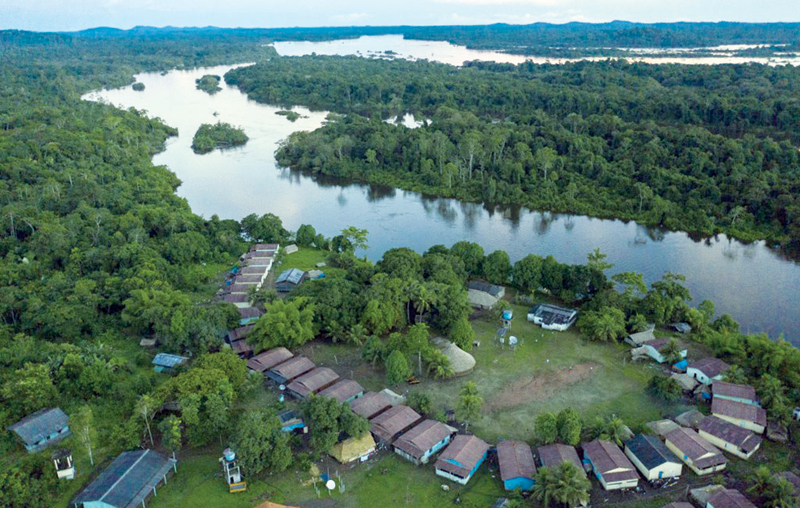

SINGAPORE: Very little of today’s world resembles Planet Earth from 500 years ago. In fact, only about 3 per cent of land surfaces might be ecologically intact — still home to their full range of native species and unblemished by human activity, according to new research.
The finding — published on Thursday in the journal Frontiers in Forests and Global Change — is far lower than previous estimates based on satellite images, which suggested around 20 per cent to 40 per cent of land ecosystems were undamaged.
For the new study, however, scientists conducted an extensive survey of forest cover and species losses to understand better what was happening beneath the world’s tree canopies.
“I was particularly surprised to see how low it really is,” said Andrew Plumptre, a conservation biologist at the University of Cambridge. “It shows how rare such intact places are. It’s scary just how little the world looks like what it was just 500 years ago.”
The term ecosystem describes the complex relationships within a natural area that, altogether, help to sustain a healthy and balanced diversity of life. Lose just one or two key species, and the whole system could fall apart.
Today’s still-pristine habitats, containing the same species abundance as in the year 1500 AD, were mostly found in regions considered less hospitable for humans, including the Sahara Desert and chilly regions of Greenland and northern Canada.
Other intact habitats were in areas under extreme pressure from deforestation and development, including parts of the Amazon in Latin America.
The authors argue that these areas should be a priority for future conservation. Though currently, only 11 per cent of these areas are under protection, the study found. — Reuters
Oman Observer is now on the WhatsApp channel. Click here



